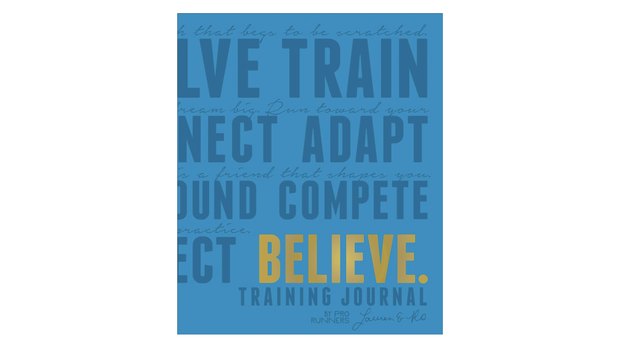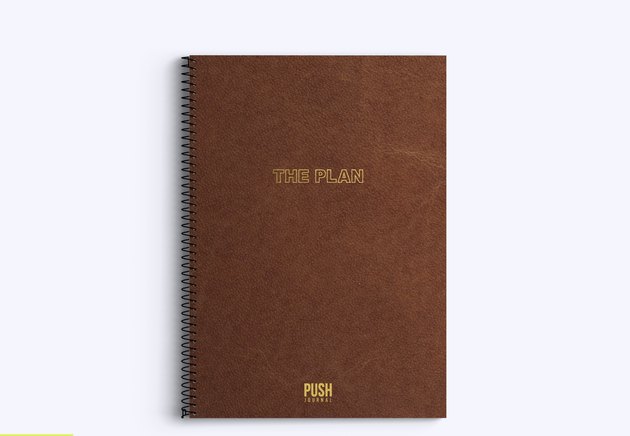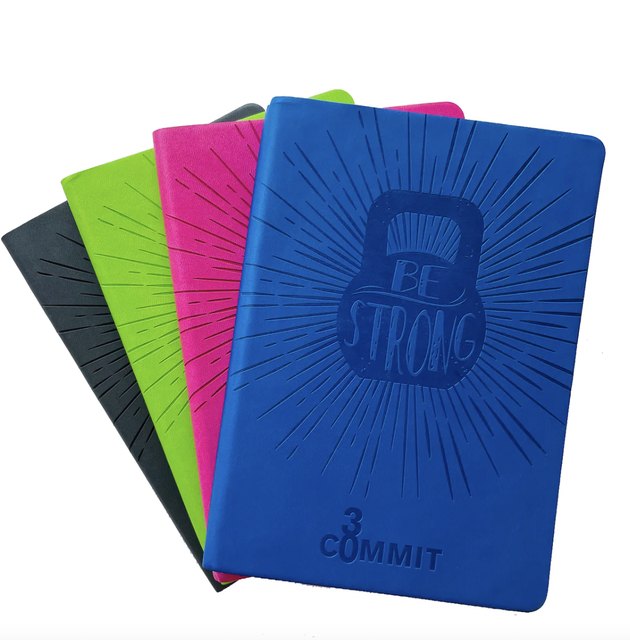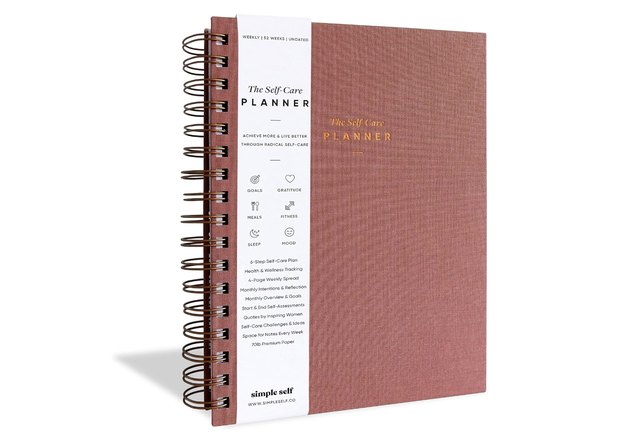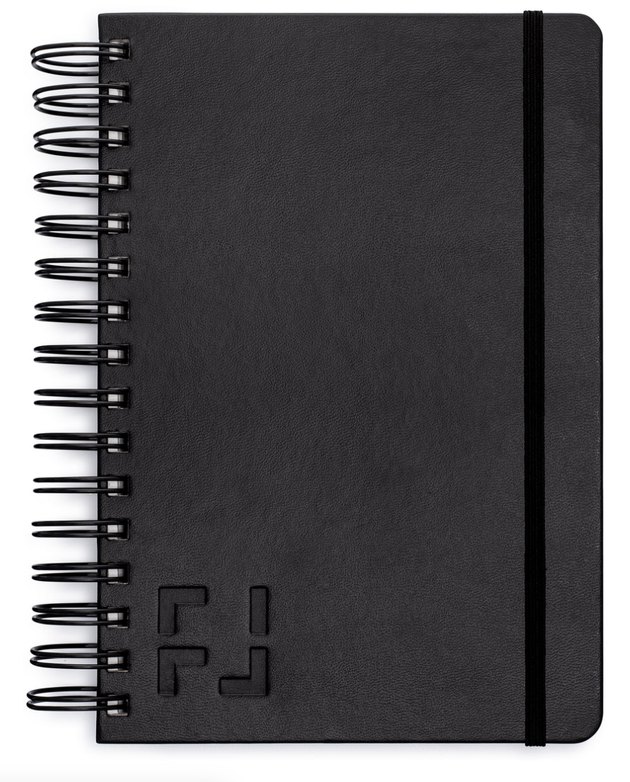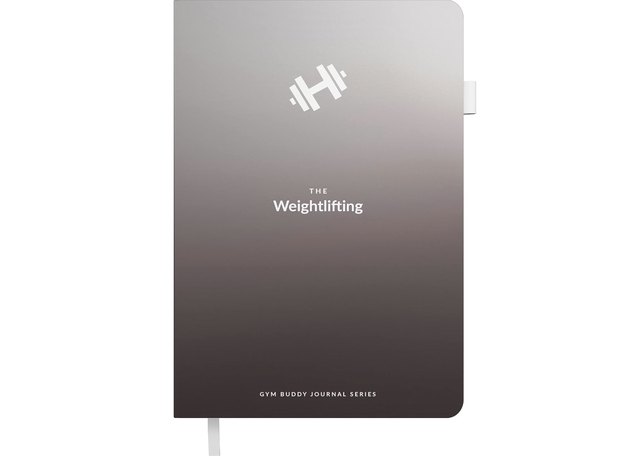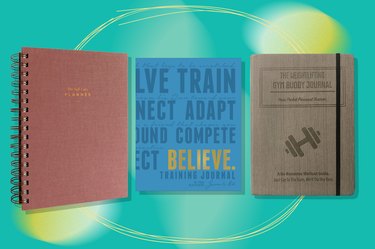
Amidst all the techy gear and gadgets that promise to optimize your workouts, the analog journal continues to be one of the most effective personal fitness tools.
Keeping a detailed exercise log is one of the best ways to foster consistency and accountability, especially if you haven't yet solidified an exercise habit, according to Haley Perlus, Ph.D., sports and performance psychologist. "Monitoring progress helps give people a sense of direction and self-worth," she tells LIVESTRONG.com.
Video of the Day
Video of the Day
Seeing your wins — like a weightlifting PR, a faster pace on the treadmill or a week-long streak of workouts — in black and white can help boost confidence and push you to keep striving toward your next goal.
If you track additional health-related variables, like diet, sleep and mood, a workout journal can also help you recognize and address what's not working.
"Does a bad workday serve as an obstruction or motivation? Does fatigue hamper a workout? Too little sleep? Not eating enough during the day? Try looking for patterns," Perlus says. You may, for example, discover you need to switch up your pre-workout snack or adjust your bedtime.
And when we say "journal," we are referring to an actual paper book. While Perlus says apps and digital platforms are certainly better than nothing, she recommends keeping a physical journal.
"We are more likely to remember things written by hand than writing something digitally. Not only that, but it's possible to become distracted by other things on your phone or computer when trying to journal," she says. "Plus, we spend enough time on electronic devices. It's self-care to take a break from screen time."
Below, we chose seven of the best workout journals to try if you're looking to give your fitness routine a boost.
How We Chose
To help you select the right workout journal for you, we took Perlus' suggestions and online reviews into account. We chose our top picks based on her recommendations and criteria. You can learn more about how we cover products here.
- Type of workout
- Amount of writing space
- Metrics
The Best Workout Journals
1. Believe Training Journal
Designed by runners for runners, the Believe Training Journal includes space for a full year's worth of runs, workouts, race results and personal reflections.
Interspersed between undated weekly logs, journal authors and professional runners Lauren Fleshman and Roisin McGettigan-Dumas include additional content like expert-vetted training tips, nutrition advice, recovery strategies and essays to inspire motivation and appreciation for the sport.
2. Push Journal
If you're already in the habit of using a planner to schedule appointments, deadlines and tasks, tracking your workouts and other self-care metrics will feel like second nature with the Push Journal.
The spiral bound book combines all the elements of a personal calendar with a daily health tracker that captures workout details, dietary intake, hydration and sleep. Avid diary keepers will also appreciate the daily gratitude prompts and extra lined pages.
3. Commit30 Fitness Journal
Modeled after the popular goal-setting tool from the same company, the Commit30 Fitness Journal includes monthly calendars, weekly layouts and sections for workouts and meal tracking.
For those looking for a little added structure, the journal also incorporates customizable 30-day challenges designed to help foster and develop healthy habits. And, if you enjoy the Commit30 approach, you can purchase additional accessories, like stickers, tabs and paper clips.
4. Simple Self Weekly Self-Care Planner
While the Simple Self Weekly Self-Care Planner has plenty of space for recording workouts, it functions more holistically as an overall wellness planner. Its clean, simple design offers functional planning features, like weekly and monthly calendars.
Self-care sections provide templates for developing an ideal daily routine, establishing balance and setting health goals. The spiral bound book comes with either a linen or "soft touch" cover and is available in multiple colors.
5. The FitJourn
Go ahead and throw this journal in your gym bag, leaky water bottle and all. Thanks to its durable vegan leather cover and waterproof pages, The FitJourn can be tossed, crumpled and spilled on and still maintain its shape and all your workout data.
Each of the 90 daily workout logs includes spaces for exercises, reps and sets, plus a cardio section, making it ideal for lifters and CrossFitters. Additional sections include gratitude journaling, food and water tracking and weekly goal check-ins.
6. Kunitsa Fit & Well Journal
The Kunitsa Fit & Well Journal's open-ended design works well for gym-goers who don't always need (or want) to track their workouts in great detail.
There's space to capture just a few notes (useful for a straightforward cardio workout or group fitness class), or you can use the same section to record reps and sets. The template includes an equally simple text box for food tracking, and there's a designated table for registering your weight, sleep, water consumption, mood and energy levels.
7. Habit Nest Weightlifting Gym Buddy Journal
For the fitness newbie (or unfocused gym regular) who could also benefit from some guidance, Habit Nest's 12-week Weightlifting Gym Buddy Journal includes space for tracking and journaling, plus 65 illustrated strength workouts. Each program targets two major muscle groups and can be completed in about 45 minutes.
Between workouts, you'll find pointers on form and technique, built-in fitness challenges and links to video exercise demonstrations.
5 Tips for Keeping a Workout Journal
If you struggle to track your workouts consistently, consider these tips.
- Keep your journal in your gym bag. Or next to your sneakers, on your nightstand, by your keys — anywhere you're most likely to see it (and not forget about it).
- Build journaling into your workout. You may find it's easiest to jot down your reps after every set. Or, you may prefer to log everything while you cool down and stretch. Figure out what method works best for you and stick with it. Soon enough, journaling will feel like just another part of your routine.
- Track more than just sets and reps. Some journals include space for recording meals, sleep, energy levels and mood. Make use of them so you can identify patterns and make connections.
- Make time to review and reflect. There's no point in collecting data if you don't look at it. Set aside time every week to review your progress, recognize your accomplishments and set new goals.
- Buy a dedicated workout journal. Sure, you can use any old notebook, but having a crisp, thoughtfully designed journal just for recording workouts and other health-related data can make the whole process easier and more enjoyable.
